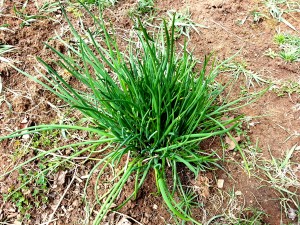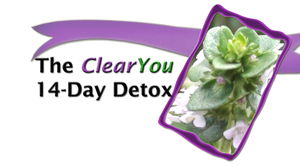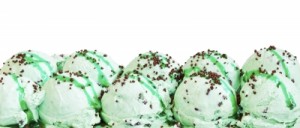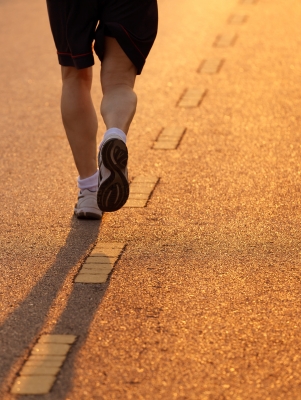Probably one of the most frustrating things for people is the confusion over dietary recommendations. For example, first you’re told not to eat eggs, and then you’re given the green light to eat them (btw, still today, there are ongoing debates in science about this). When we were told that eating fat would make us fat, guess what. I stopped eating fat and gained weight, like everyone else! Despite the confusion, we’re learning more and more everyday about nutrition, especially how individualized it can be. And I’ve finally come to realize and accept that the right answer for you is not necessarily the right answer for me.
This is why I recently began offering food sensitivity testing to my clients, so that they could quickly uncover foods to which their bodies are intolerant. Unlike food allergies which are an IgE/histamine response that happens immediately, can often be severe, and identifies foods that must be avoided permanently, the food intolerance test measures a delayed, inflammatory reaction to each substance tested. For many people, certain foods they’re eating may be inhibiting weight loss or causing other symptoms such as:
– Abnormal cravings/bingeing
– Migraines
– Stomach pain/bloating
– Heartburn
– Diarrhea
– Irritability and nervousness
– Hyperactivity/ADD
– Skin disorders
Imagine how surprised I was when I found out that my body had a severe reaction to carrots, oats, oregano, and goji berries. I also had moderate reactions to stevia, turmeric, pumpkin, and red and green leaf lettuce! And I had mild reactions to thirty-eight foods and medicinal herbs, many of which I eat all the time, including spinach, coconut, cacao, celery, ginger, sweet potato, and chlorella. Needless to say, I was bummed out but I think my mother is more freaked out than I am. When I told her I was removing all of these foods from my diet, her reaction was, “What are you going to eat??”
There’s actually well over one hundred foods that my body was OK with, including beets, avocados, lemons (yay!), quinoa and other gluten-free grains (I only reacted mildly to gluten and whey), meats and seafood, nuts/seeds and herbs/spices. So now, I’m doing the experiment. For me, I’m interested in finding out if it will alleviate my sciatica that flares up pretty frequently. Does it mean that I have to avoid all of these foods forever? No, but at least initially to heal whatever may be going on from them, and then there’s a way to introduce them back without a reaction.
If you’re frustrated about why you can’t lose weight, or suspect that something in your diet is initiating symptoms and you can’t put your finger on what it is, and you want more information about the test, contact me for a brief session and I can explain it in more detail. Rather than spend weeks, months, or forever experimenting, you’ll have a good idea of where to begin in about one week. I’m also offering it with DNA testing to help you optimize your detoxification pathway. Because with greater awareness, you can make better choices…



 Author Michael Pollan just published a new book entitled Cooked that was inspired by some burning questions he had, such as, “What’s one of the most important things we can do as a family to improve our health and well-being?” Or, “What can we as individuals do to transform our food system?” [That is becoming ever more industrialized, is eliminating our self-sufficiency, and is having a strong, negative impact on our health]. His answer, as the title of his book suggests, is to get into the kitchen and cook.
Author Michael Pollan just published a new book entitled Cooked that was inspired by some burning questions he had, such as, “What’s one of the most important things we can do as a family to improve our health and well-being?” Or, “What can we as individuals do to transform our food system?” [That is becoming ever more industrialized, is eliminating our self-sufficiency, and is having a strong, negative impact on our health]. His answer, as the title of his book suggests, is to get into the kitchen and cook.




